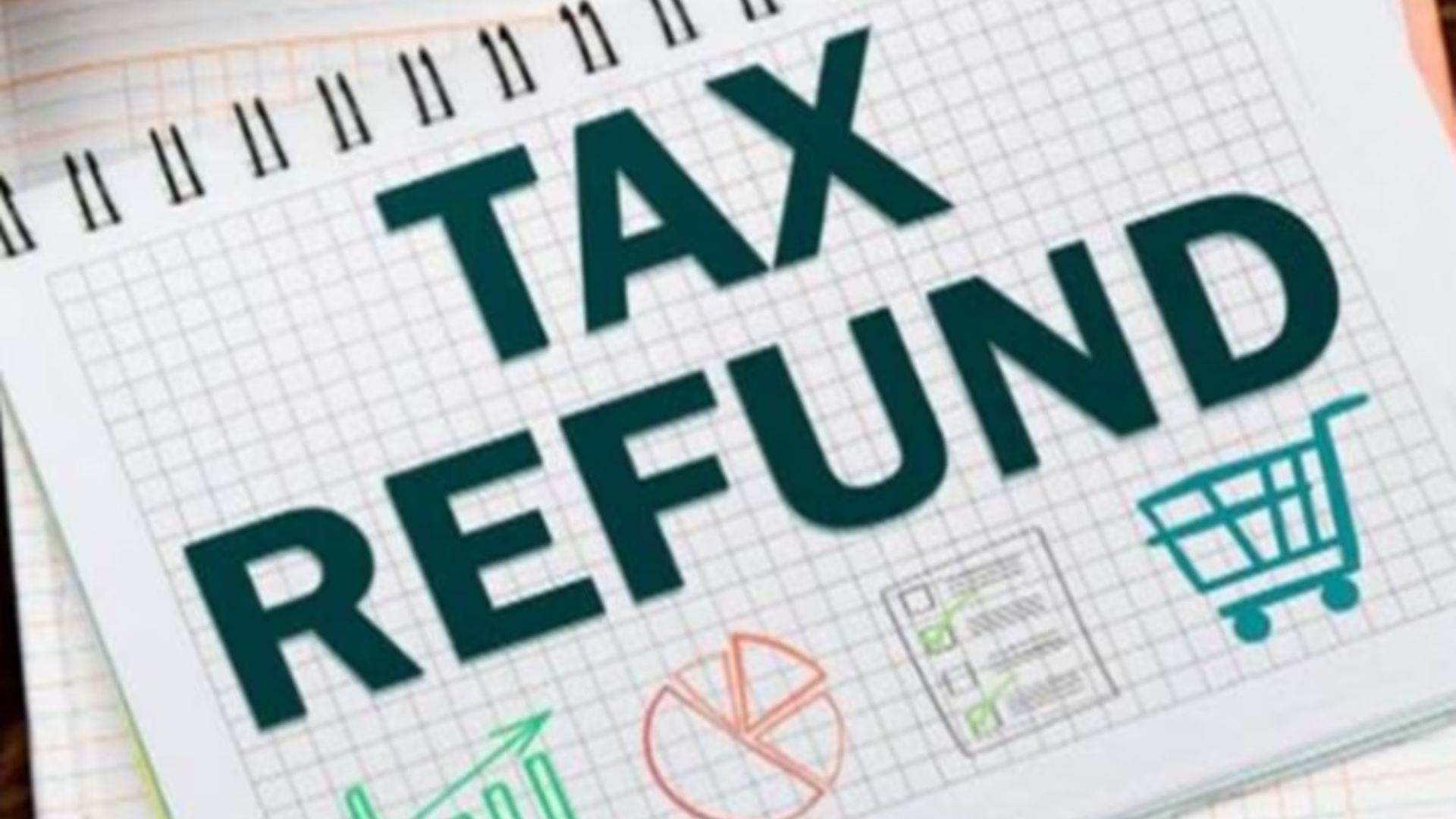
- By Shivani
- 26th September, 2024
- Finance
The anticipation of an income-tax refund can be both exciting and nerve-wracking. Several factors determine when you’ll receive your refund, including the accuracy of your return, the complexity of your tax situation, and the efficiency of the tax department’s processing. Let’s break down the refund process and address common questions about filing without Form 16.
Understanding Your Income-Tax Refund
A tax refund occurs when you’ve overpaid your tax liability. This can happen due to excessive TDS deductions, eligible tax deductions or exemptions not claimed, or errors in your tax calculations. Once you submit your income tax return, the tax department assesses it to determine if you’re eligible for a refund.
Factors Affecting Refund Timing
The speed at which you receive your refund depends on several factors:
- Accuracy of your return: Errors or omissions can delay processing.
- Verification process: The tax department might initiate verification procedures, extending the timeline.
- Pending verification: If your return is selected for scrutiny, the refund process might be delayed.
- Bank account details: Incorrect or missing bank account information can hinder the refund transfer.
Tracking Your Refund Status
You can monitor your refund status through the income tax department’s online portal. This provides real-time updates on your return and refund progress.
Filing Your Income-Tax Return Without Form 16
While Form 16 is a convenient summary of your salary income and TDS deductions, it’s not mandatory. If you don’t have a Form 16, you can still file your return by gathering the following:
- Salary slips: These provide details of your income components and deductions.
- Form 26AS: This document from the tax department summarizes the TDS deducted on your income.
Using this information, you can calculate your taxable income, choose the correct ITR form, and file your return online.
Common Questions About Form 16 and Filing ITR
- Is Form 16 mandatory if TDS is not deducted? No, Form 16 is primarily for salaried individuals with TDS deductions.
- What if I don’t have my previous employer’s Form 16? You can still file your return using salary slips and Form 26AS for that financial year.
- Is Form 16 mandatory for non-taxable income? No, Form 16 is not required for non-taxable income.
- Is Form 16 mandatory for a new job? If you’ve joined a new job and received a salary, your employer will usually provide a Form 16. However, if not, you can still file your return using salary slips and Form 26AS.
Tips for a Smooth Refund Process
- File your return on time: Avoid last-minute rush and potential penalties.
- Double-check for errors: Review your return carefully before submitting.
- Maintain proper documentation: Keep all relevant documents for future reference.
- Link Aadhaar to PAN: This can expedite the refund process.
- Opt for e-verification: It’s faster than sending a physical acknowledgment.
By following these guidelines and addressing potential challenges, you can increase your chances of a timely income-tax refund.
Remember, while the tax department strives for efficient processing, unforeseen circumstances can cause delays. Stay patient and track your refund status regularly. If you encounter difficulties, consider seeking professional tax assistance.
Accurate and timely income-tax filing is essential for maintaining a good tax compliance record. By understanding the process and taking necessary precautions, you can ensure a smooth tax filing experience.
Understanding Refund Delays and Seeking Assistance
While the income-tax department strives to process refunds efficiently, delays can occur due to various reasons. Common causes include:
- Incomplete or incorrect information: Ensure all details in your return are accurate and complete.
- Verification process: If your return is selected for scrutiny, it can take longer to process.
- Bank account issues: Incorrect or inactive bank account details can delay the refund transfer.
- Processing time: The tax department has specific timelines for processing returns, and complex returns may take longer.
What to Do If Your Refund is Delayed
If your refund is taking longer than expected, consider the following steps:
- Check your refund status online: Use the income-tax department’s portal to track the progress of your refund.
- Verify your bank account details: Ensure your bank account information is correct and active.
- Respond to any notices: If you receive a notice from the tax department, address it promptly.
- Contact the tax department: If you’ve tried the above steps and still haven’t received your refund, contact the income tax department for assistance.
Additional Tips for a Smooth Refund Process
- File your return electronically: E-filing is generally faster than paper filing.
- Link your Aadhaar to PAN: This can expedite the refund process.
- Opt for e-verification: It’s quicker than sending a physical acknowledgment.
By following these tips and staying informed about the refund process, you can increase your chances of receiving your refund on time. Remember, patience is key, and understanding the factors that can influence refund timing can help manage your expectations.

